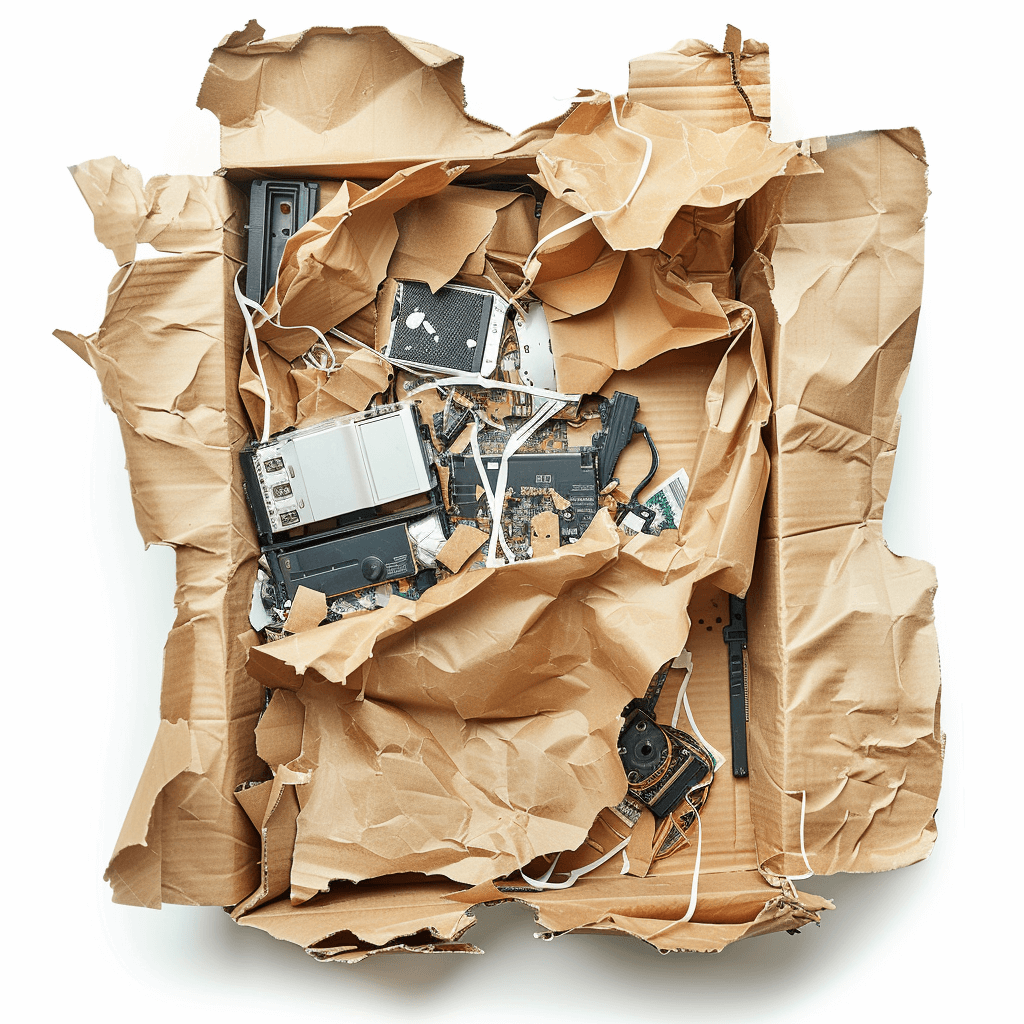How Merchants Can Avoid Disputes on Amazon’s Biggest Shopping Day
Yes... it’s that time of year 
We’re talking about Prime Day, of course. The shopping holiday runs from July 16-17 this year, with thousands of special deals coming in the days dealing up to primetime.
The annual Amazon shopping bonanza is one of the most anticipated online events of the year. Millions of shoppers will be on the hunt for deals; according to Amazon, the first day of the sales event in 2023 was the single biggest sales day ever for the company. Prime members purchased more than 375 million items just in that 24-hour period.
For their part, shoppers saved more than $2.5 billion on discounted items. When polled last year, 68% said they already planned to come back to shop on Prime Day 2024 as well, according to JungleScout’s Consumer Trends Report.

For sellers on the Amazon Marketplace platform, Prime Day is a golden opportunity. According to projections from Emarketer, total retail spend during the event will reach $13.8 billion; a 5.9% increase over last year. And, while shoppers may choose to spend a considerable amount with the mega-retailer directly, suggest that consumers will spend roughly $5.62 billion with Marketplace sellers during the Prime Day sales event.
Prime Day presents an incredible chance to boost sales and acquire new customers. But, as we’ll see, there could be some negative ramifications here, too, that merchants will need to watch for.
Recommended reading
- Analyzing Consumer Buying Behavior in 11 Different Verticals - Chargebacks911
- Top 15 Customer Returns Reasons in 2025 & How to Avoid Them
- Online Shopping vs In-Store Shopping: the Future of Retail?
- They’re Here — Cyber Week 2024 Stats & Analysis!
- Card-Not-Present Transactions: Know the Risks & Rewards
- What is a Return Customer Rate? How to Calculate Your RCR
Primetime for Fraud & Chargebacks
The high volume of purchases during Prime Day means that operations could be stretched thin, especially for small- and medium-sized businesses, who probably have fewer resources. This means the risk of transaction disputes and chargebacks will be high in the weeks after the event.
First, there’s customer service. Sellers are probably going to see an increase in inquiries and complaints during a major sales event like Prime Day. According to the JungleScout report cited above, 51% of customers will try to contact a seller directly about an issue they experience, rather than going through Amazon’s official customer service channels. If merchants aren’t prepared to meet the surge in calls and emails, they could be in trouble.
There’s also the potential for shipping delays, out-of-stock items, or other logistical issues. Problems like these could result in negative customer experiences, which would be especially problematic when customers expect fast and reliable delivery, as Amazon shoppers tend to do. The result could be serious damage to a seller's reputation on the platform, in addition to the resulting chargebacks.
Finally, there’s the big elephant in the room: fraud detection. As sales volume increases, so does the potential for fraudulent activity. While Amazon has robust fraud detection mechanisms in place, it’s still possible that some fraudulent orders could slip through undetected. This would lead to more chargebacks and disputes, further damaging sellers’ relationships with customers.

Best Practices for Prime Day Perfection
If you’re a merchant on the Marketplace platform, I’m sure you’re already taking steps to prepare for the influx of orders. You might be inventorying items, running speed tests to ensure your servers can handle the load, or conducting any one of hundreds of pre-Prime Day prep tasks.
But, I want to drive this point home: it's crucial that you incorporate strategies to maximize customer satisfaction. This is going to be the key to maintain a healthy relationship with shoppers and avoid reputational and financial damages.
Some best practices that I’d recommend include:
A Prime Opportunity
Prime Day is a golden opportunity for sellers. But, it’s important to be prepared for potential returns and chargebacks.
By implementing transparent communication practices, having a solid return policy in place, and utilizing chargeback prevention solutions, you can minimize these risks and ensure a successful Prime Day. With proper preparation and management, you can take advantage of Prime Day's potential to boost your sales and grow your business on Amazon. Happy selling!














